Water neutrality means ensuring that any new development does not add to the overall level of water demand in a particular area. A water neutral development will have a net zero impact on mains water supply. The ultimate objective of water neutrality is to minimise a development’s impact on the existing water resources, environment and infrastructure in which it sits.
Does water neutrality only apply to new developments?
It’s fair to say that the concept of water neutrality is currently being applied primarily within the context of brand new developments. However that doesn’t have to be the case. Water neutrality can be applied to existing buildings as well as to new ones.
How is water neutrality achieved?
Water neutrality is achieved by a combination of three things. Firstly, reducing water use. Secondly, reusing and recycling water onsite. Thirdly, offsetting the water demand that remains in the existing community. It is important that these three elements should be considered in order.
Step one – reducing water use
The first step in any water neutrality project is to look at all the various different ways in which water use can be reduced. This includes technological solutions such as the installation of highly efficient devices and the use of smart metering. It also includes behavioural changes such as moving towards a water saving culture and encouraging people to reduce their water usage as much as possible.
Step two – reusing greywater and blackwater
Once water use has been minimised, the second step of a water neutrality project is to look for opportunities to reuse water, for example via rainwater harvesting, greywater recycling or blackwater recycling. A rainwater harvesting system collects rainwater from roofs and other surfaces in such a way that it can then be used for non-potable applications such as garden watering. Greywater recycling captures water collected from showers, baths and basins, treats and then recycles it for further use. Blackwater recycling applies to any water contaminated with toilet discharge and so which requires treatment such as filtration, disinfection or aerobic screening before it can be reused.
The potential savings here in terms of water use are very significant. For example, almost a quarter of the water used by a typical home is used for flushing the toilet. Applications such as showering and bathing are extremely heavy users of water as well, so if this water can be recycled and reused, for example for watering the garden, then the overall impact of the development on water demand can be very significant indeed.
Step three – offsetting water
The third step in the water neutrality journey is offsetting any residual demand by making savings in the same water resource zone. This is often done in partnership with local councils, the relevant water company for the area, local businesses or charities. Examples of offsetting schemes might include funding water efficiency audits and retrofitting for existing homes, or a local water company might undertake to fix more leaks than planned or install more smart meters in the area.
How is water neutrality measured?
The key metric when considering water neutrality is the per capita consumption. For example, the per capita consumption of a new house might be 140 litres. If this could be reduced to 80 litres through water efficiency and reuse measures then the additional 60 litres could be offset by water saving measures deployed in existing buildings and homes. A target level of 80 litres per person per day is ambitious but achievable with effective deployment of the water saving and recycling measures outlined here.
What are the benefits of water neutrality?
Obviously, the main benefit of water neutrality is that significantly less water is used. It is estimated that if all new housing developments in England built over the next decade were water neutral, this would save around 691 million litres per day by 2030. Using less water also comes with a significant cost benefit. Reducing demand to 85 litres per person per day would lead to savings of around £45 per year off households’ water and energy bills.
Using water also generates carbon, so any reduction in water use comes with an associated reduction in carbon. Around 43.8kg of carbon per year could be saved per household just on carbon emissions arising from water supply.
Water neutrality lessens the impact of developments on the environment by reducing the amount of water abstracted from rivers and groundwater sources, as well as improving future resilience as the impact of these developments on limited water resources is minimised. This then means that future housing growth is possible even in areas where water is scarce.




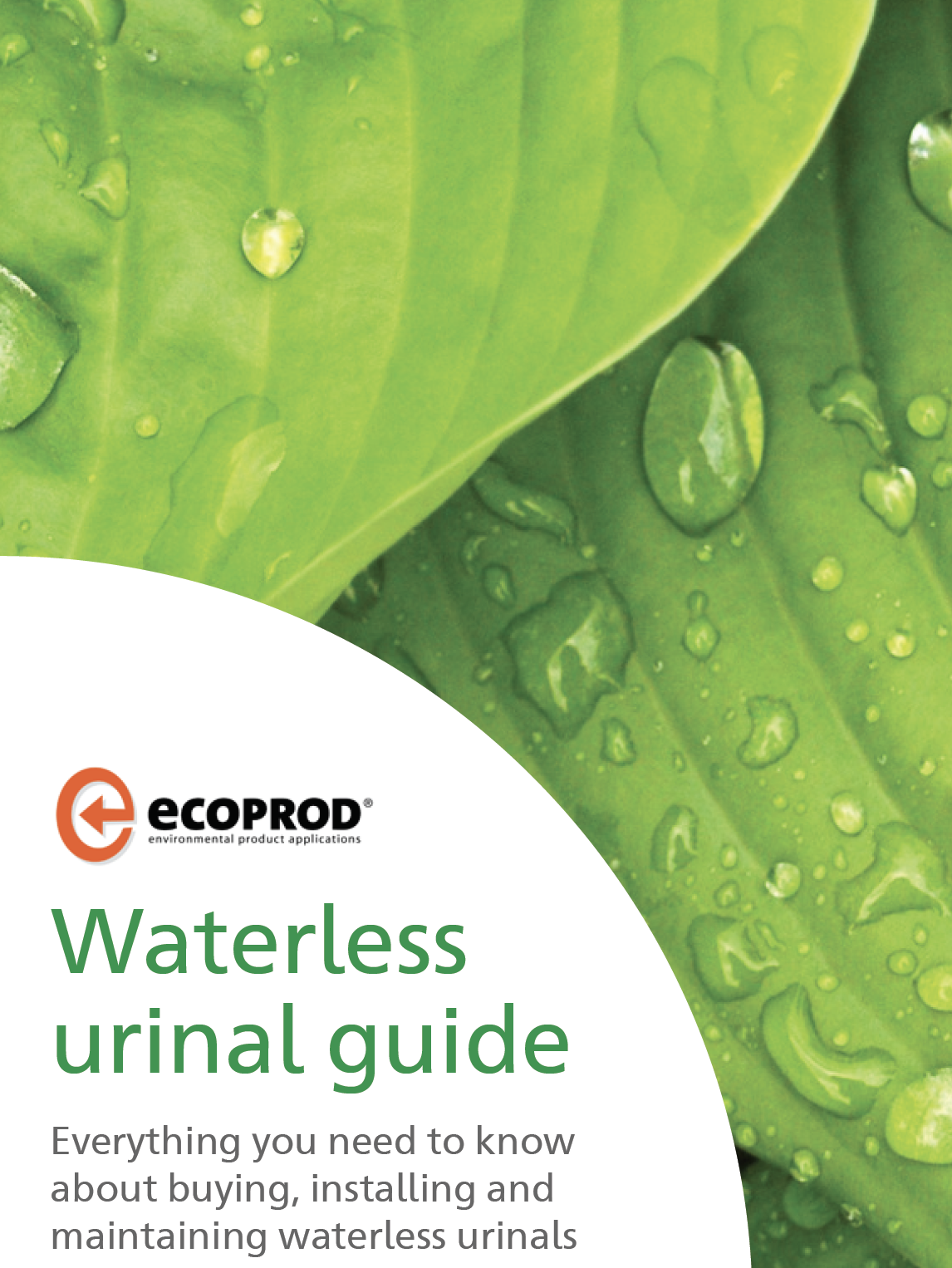
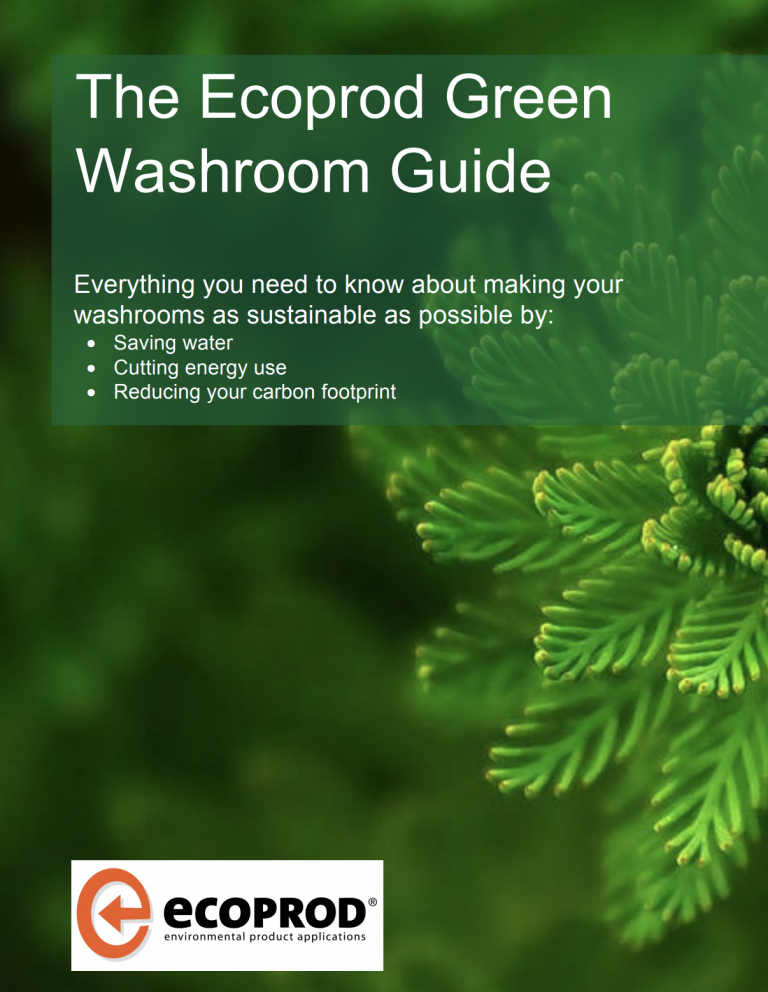

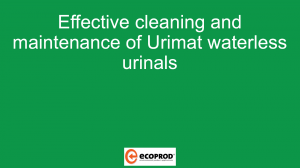





 For the last 8 years Robert Summer – Head of International Sales and Marketing – has developed structured distribution network worldwide for CONTI+ brand. The products offer great benefit for washrooms and shower rooms for public, semi-public and health sector. Today, sustainability, hygiene and smartness are key to CONTI+ solutions. Robert lives the brand and its USPs and loves to support and motivate his team on a daily basis.
For the last 8 years Robert Summer – Head of International Sales and Marketing – has developed structured distribution network worldwide for CONTI+ brand. The products offer great benefit for washrooms and shower rooms for public, semi-public and health sector. Today, sustainability, hygiene and smartness are key to CONTI+ solutions. Robert lives the brand and its USPs and loves to support and motivate his team on a daily basis.




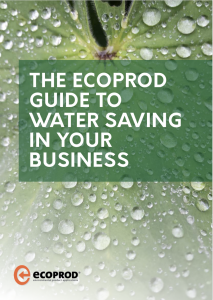
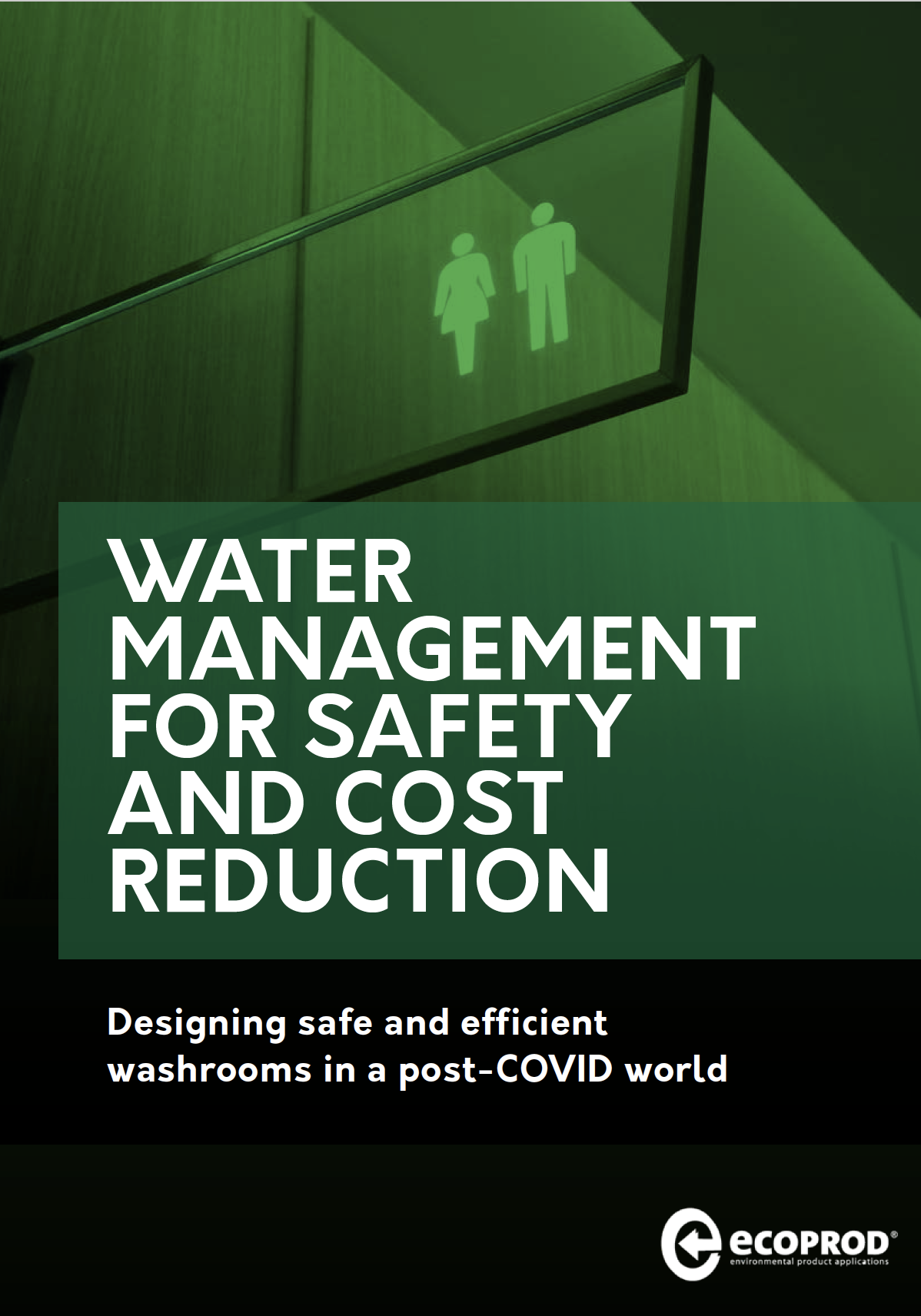




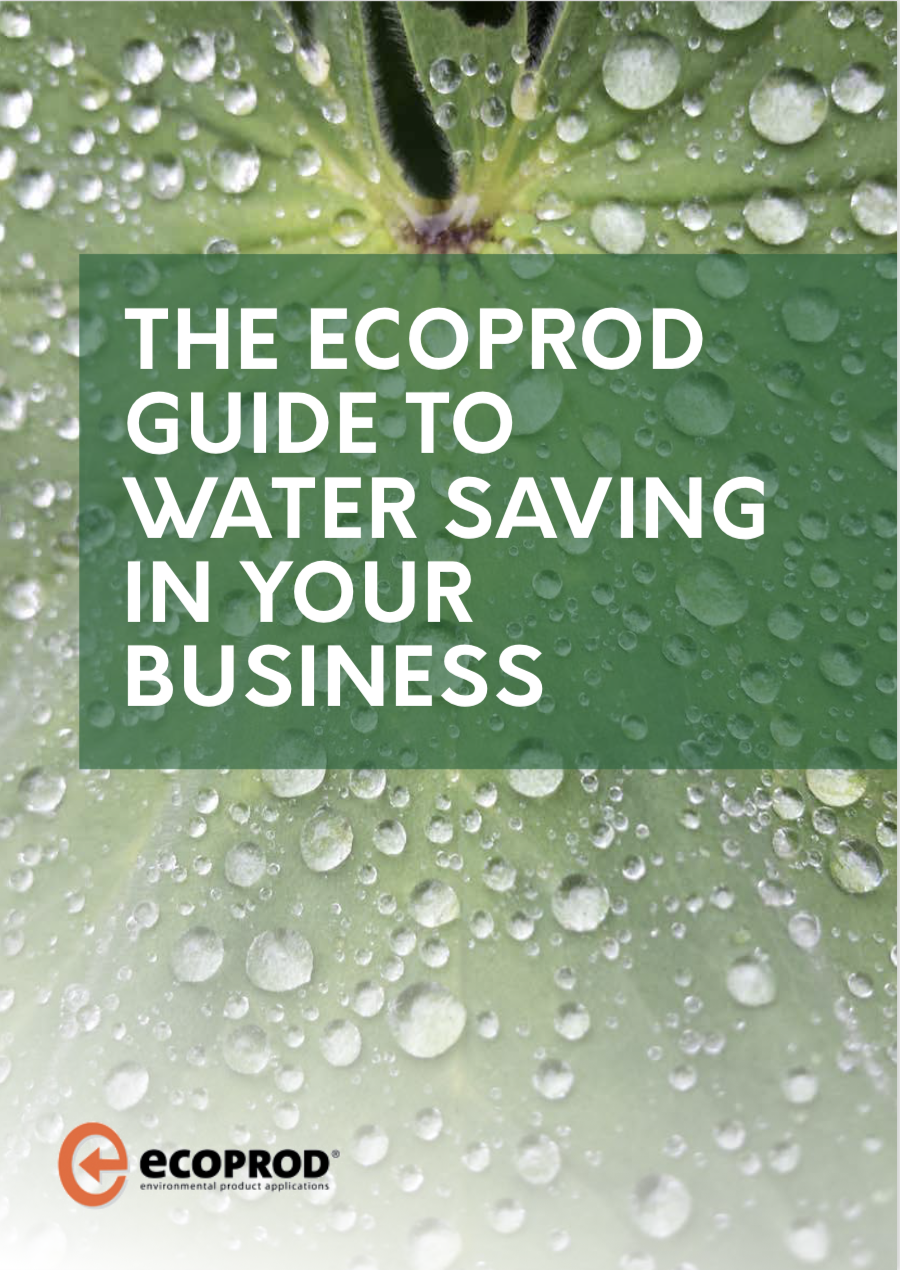
Comments are closed.